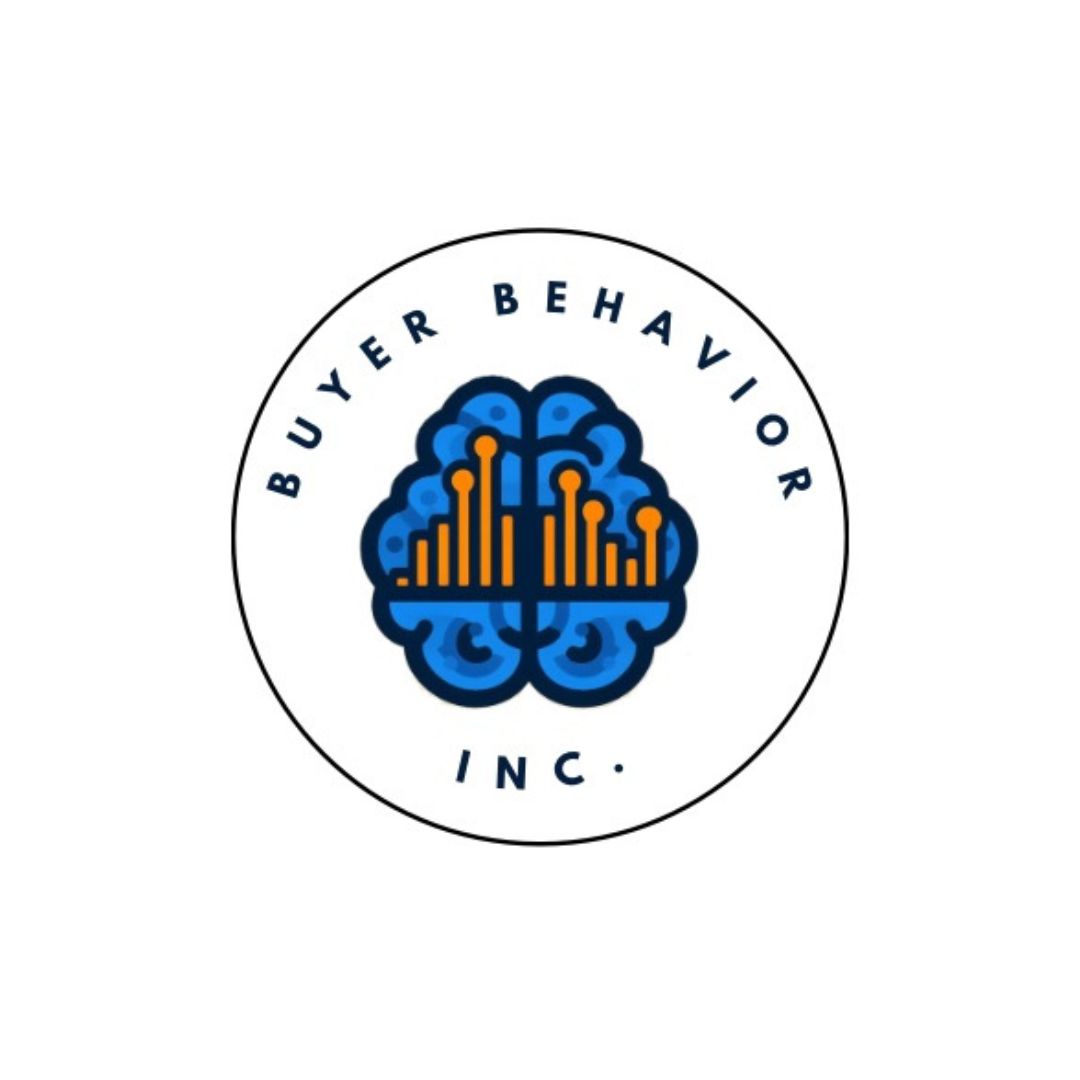
What is Consumer Behavior Analysis?
"Consumer behavior isn’t random — it’s a pattern of choices shaped by reinforcement. When you understand what motivates action, you stop guessing and start selling." - Dr. Kieva Hranchuk
What is Consumer Behavior Analysis?
I'm going to kick things off by clarifying what 'consumer behavior analysis' actually is. It's essentially the study of why people buy what they buy. Businesses are hugely interested in this because understanding the motivations behind consumer choices can help shape product development, pricing strategies, and marketing campaigns.
But this isn't just about tracking sales or following trends; it's also about digging deep into the psychological and behavioral journey that customers go through before making a purchase. That includes everything from recognizing a need or desire, to evaluating different options, to the final act of buying.
In my opinion, when a business gets a feel for the heartbeat of its market, it can craft products that resonate with consumers, resulting in comfort, convenience, and, let's be honest, that gratifying 'cha-ching' from successful sales.
Now, let's transition into how this ties into applied behavior analysis, which might sound like a whole different ballgame, but you're going to find out about how these two fields merge to create a powerful toolkit for businesses.
Connecting Dots: Consumer Behavior Analysis and Applied Behavior Analysis
Now, let's bridge the gap between Consumer Behavior Analysis and Applied Behavior Analysis, or 'ABA'. While ABA might be most recognized for its role in therapeutic settings, particularly with autism spectrum disorder, it's equally powerful in unpacking the complex shopping habits of consumers.
ABA is grounded in the scientific study of behavior, honing in on how environmental factors influence actions. I'm going to highlight just how this relates to consumer behavior. The world of commerce is, at its core, a set of environments where stimuli, like advertisements and promotions, interact with consumer behavior.
For instance, when a consumer is repeatedly exposed to a particular brand in a positive context, ABA suggests that this may condition a more favorable consumer response when encountering the product in a store. This is a form of what behaviorists call 'operant conditioning', and it's a concept that's absolutely integral in understanding consumer behaviors.
In terms of practical application, the translation from ABA principles to consumer behavior is quite fascinating. Companies use these insights to structure their retail environments, develop promotions, and even train sales staff to enhance reinforcement and reduce barriers to purchase.
I've seen some pretty smart uses of ABA in the online world, too. Businesses can analyze site traffic and interaction data to understand what's driving consumer engagement. I'm talking about things like site layout, product placement, and checkout processes being finessed using behavior analysis as a guide. These subtle cues can have a substantial impact on the buying process, spelling the difference between a sale and an abandoned cart.
Further Exploration: Key Resources on Consumer Behavior Analysis
Now, if you're excited to delve even deeper into consumer behavior analysis, I've got a treat for you. There's a wealth of knowledge out there, and to help you navigate it, I'm going to share some key articles that have made waves in the industry. These resources are not just informative; they're transformative, offering insights that can reshape your business strategies.
First off, consider the foundational pieces, like the works of Philip Kotler. His articles lay the groundwork for modern marketing and consumer behavior analysis. Also, check out the Journal of Consumer Research for peer-reviewed studies that can provide a complex understanding of consumer actions and motivations.
For an applied perspective, Harvard Business Review has many case studies that showcase real-world applications of consumer behavior analyses in business, also providing strategic recommendations that you can consider adopting.
In recent years, the spotlight has turned to digital consumer behavior, with research from McKinsey & Company highlighting how consumer digital journeys have transformed the buying process.
Lastly, I encourage you to look into the annual reports by marketing and consumer research firms like Nielsen and Gartner. They often include extensive studies on consumer trends, which can help you stay ahead of the curve.
These articles and reports will empower you with knowledge, strategy, and foresight. Dive into them, and you'll better understand the 'why' behind consumer choices, paving the way for smarter business decisions and a robust bottom line. Remember, staying informed is staying ahead. So keep learning, keep analyzing, and keep adapting.
Kieva
Dr. Kieva Hranchuk, Ph.D., BCBA-D
The Buyer Behaviorist

